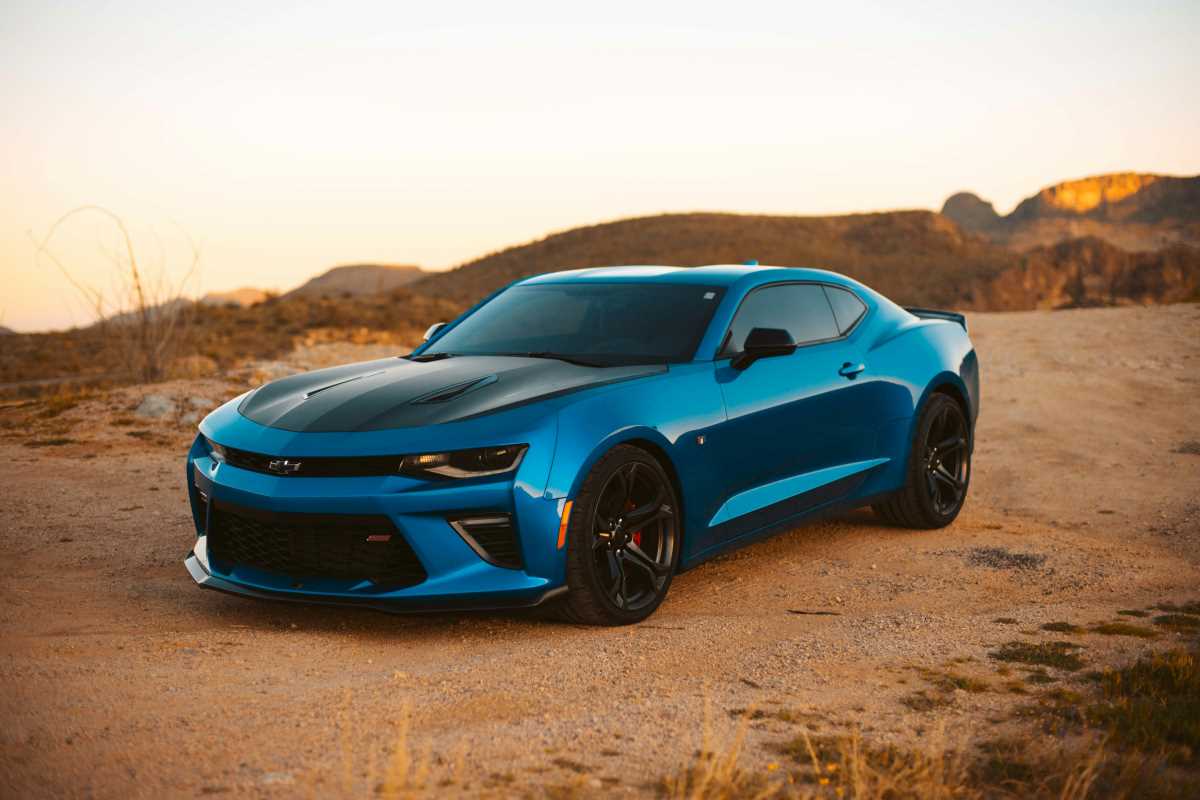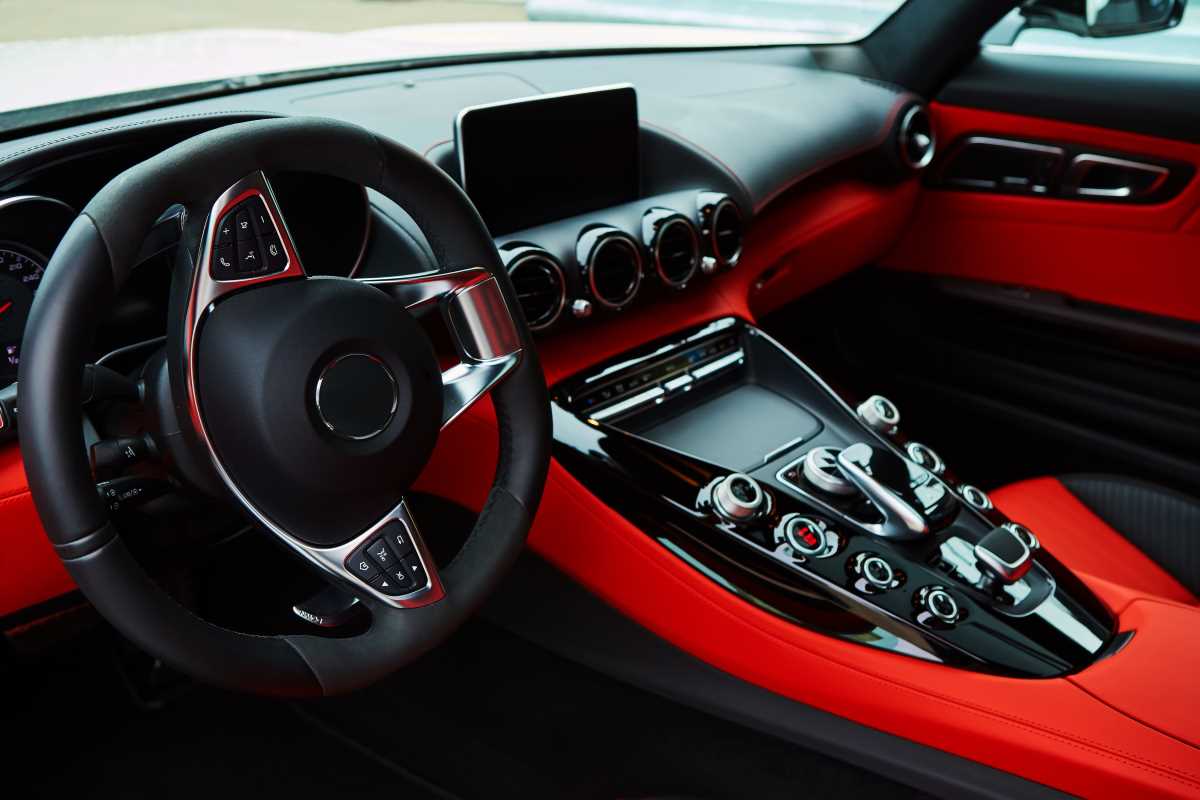The bond between cars and movies runs deep, creating a vibrant tapestry where both continually reshape and redefine each other. Picture the exhilarating sound of engines revving in your favorite action-packed films or the sleek, unforgettable car designs that capture our imaginations year after year. This captivating dance between automobiles and Hollywood not only fuels our passion for speed and style but also influences global tastes and cultural norms. Their shared journey leaves a lasting impression, steering trends and perceptions around the world, as each new film and car model brings fresh excitement and inspiration to audiences everywhere.
The Evolution of Car Culture
The roots of car culture trace back to the early 20th century when automobiles transitioned from mere transportation tools to symbols of status, freedom, and innovation. As cars became more accessible, they started to feature prominently in everyday life, influencing architecture, fashion, and even social behaviors.
Over the decades, car culture evolved alongside technological advancements and shifting societal values. The muscle cars of the 1960s and 70s embodied power and rebellion, while the rise of environmental consciousness spurred interest in electric and hybrid vehicles. This continuous evolution reflects changing priorities and the ever-present desire for mobility and expression through automobiles.
Cars in Cinema: A Symbiotic Relationship
Cars played a pivotal role in cinema, serving not just as props but as characters that drive narratives and symbolize deeper themes. This symbiotic relationship benefited both parties, with films using cars to enhance storytelling while car manufacturers utilize movie appearances to market their vehicles.
- James Bond's Aston Martin DB5 – Featured in numerous Bond films, it epitomizes sophistication and technological prowess.
- Herbie the Love Bug – This Volkswagen Beetle became a beloved character, showcasing the charm of everyday cars.
- DeLorean DMC-12 in Back to the Future
- Mustang in The Fast and the Furious
- Tesla Roadster in Iron Man 2
These films highlight the cars themselves and influence audience perceptions and aspirations, often leading to increased sales and brand loyalty for the featured vehicles.
Global Trends Influenced by Cars and Cinema
The intertwined nature of car culture and cinema has had far-reaching effects on global trends, shaping everything from fashion to technology. The portrayal of cars in movies often sets a precedent for what consumers expect and desire, driving innovation and cultural shifts across the world.
- Design Innovations: Movie cars often feature cutting-edge designs that inspire real-world automotive advancements.
- Customization Culture: Films showcasing personalized and unique vehicles have spurred a trend towards car customization and aftermarket modifications.
- Eco-Friendly Movements: The depiction of electric and hybrid cars in cinema has supported the growing demand for sustainable transportation options.
- Automotive Technology: High-tech features seen in movie cars have accelerated the adoption of similar technologies in consumer vehicles.
- Collector Communities: Iconic cars from films have become prized collectibles, creating dedicated fan communities worldwide.
These trends illustrate how the fusion of automotive excellence and cinematic storytelling can drive societal changes and inspire innovations that transcend the screen.
Pop Culture and Iconic Cars
Certain cars have transcended their mechanical functions to become cultural icons, embodying the spirit of their respective eras and the stories they represent. These vehicles gain legendary status through memorable appearances in films, television, and other media, making them symbols recognized across the globe.
For instance, the DeLorean DMC-12 from Back to the Future symbolizes time travel and adventure, while the Batmobile from the Batman series represents power and heroism. Similarly, the Mini Cooper in the classic film The Italian Job showcases agility and teamwork, cementing its place in pop culture. These iconic cars enhance the narratives they are part of and inspire fans to emulate their favorite on-screen vehicles.
Future of Car Culture in Cinema
Looking ahead, the relationship between car culture and cinema is set to evolve with advancements in technology and changing audience preferences. As virtual reality and augmented reality become more integrated into storytelling, cars in movies may offer even more immersive and interactive experiences.
Electric and autonomous vehicles will likely feature prominently in future films, reflecting the real-world shift towards sustainable and smart transportation. The rise of streaming platforms opens opportunities for diverse narratives that explore different facets of car culture, from indie road trips to high-concept sci-fi adventures. This ongoing evolution promises to keep the bond between cars and cinema vibrant and influential.
Car culture and cinema's enduring bond continues to shape global trends, inspiring innovation and shared enthusiasm. Their collaboration promises exciting future developments both on and off the screen.
 (Image via
(Image via





